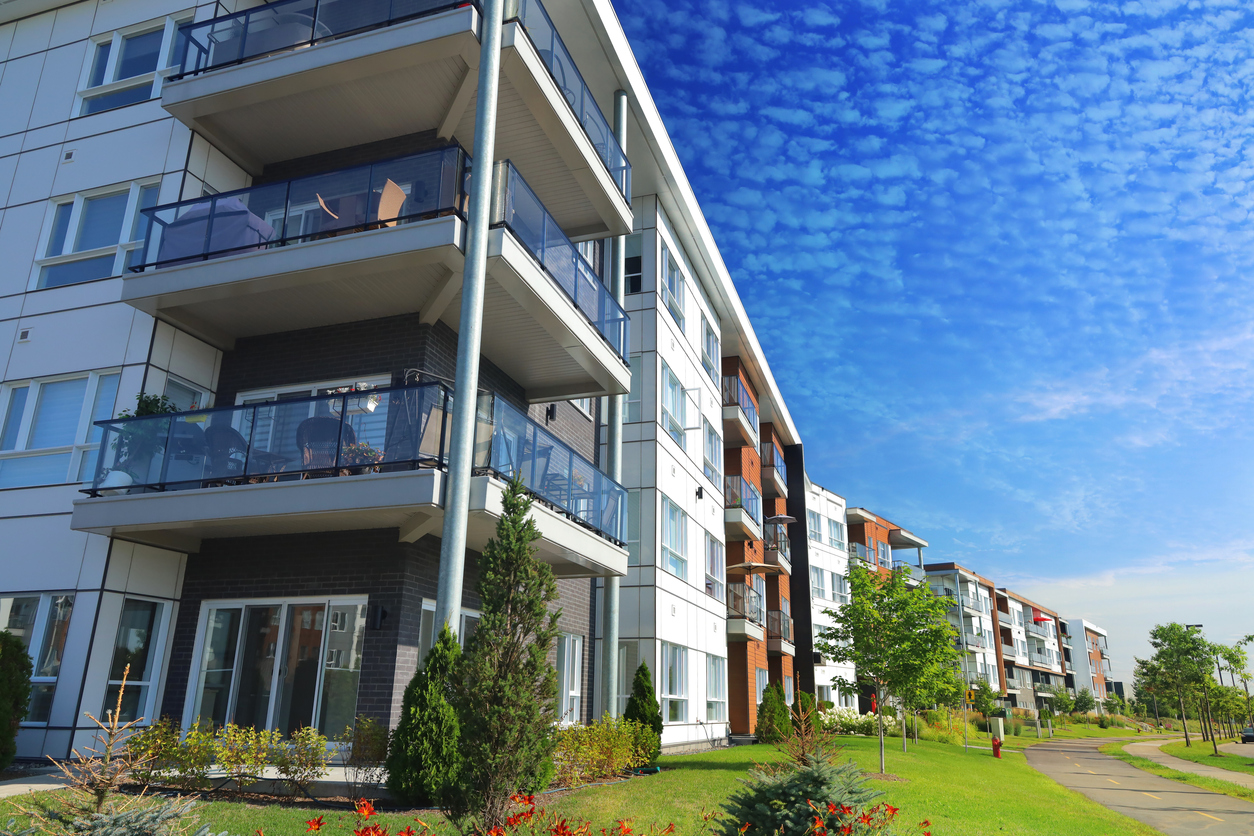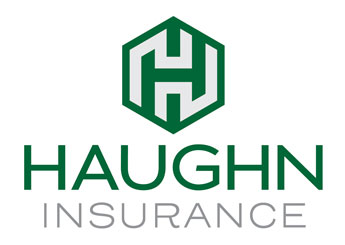
Individuals that own or a operate high-risk apartment complex need to do everything possible to insure their properties affordably. However, some complexes may have to pay more for insurance. In fact, they could be turned down for coverage altogether if carriers determine that they present a high risk for costly claims. As such, apartment complex managers need to recognize what could make insurers regard them as high-risk. Identifying these factors enables managers to take remedial measures when possible and budget smartly for their insurance costs.
Habitational Insurance
In understanding what will make an apartment complex high-risk, your first question should be: What is habitational insurance? Residential properties need this type of policy to address both physical damage and liability claims. If insurers see a property as being at high risk for damage or legal actions, they’ll be wary about offering coverage.
Claims History
A residential building’s loss history report will weigh how OH habitational insurance carriers evaluate coverage applications. A loss history report that shows many claims or significant total losses is a serious red flag. Losses that are disproportionately high compared to the value of premiums could also be viewed negatively. In general, a carrier will look at a minimum of five years of claims, but it could look at a more extended period.
Crime Risk
Underwriters consider apartment complexes’ crime scores when evaluating their risk for claims related to criminal activity. Despite not having many police calls directly to a building, being located in an area with a high crime rate may give that building a poor score. Security measures such as access controls and surveillance systems could help to offset some of the crime-related concerns that can weigh against a building.
Weather Hazards
A building that’s vulnerable to damage from weather events could have trouble getting insurance. For example, being close to the ocean or situated on a floodplain makes it likely that a building could sustain water or wind damage. Many carriers aren’t willing to work with complexes that have this type of exposure, or they may exclude certain types of damages from their habitational risk insurance policies.
Structural Deficiencies
An older building constructed of materials that aren’t used anymore may be considered high-risk. Also, having overdue capital needs improvements poses a risky proposition for insurers. Structural issues such as a faulty foundation or a poorly maintained roofing system indicate a strong probability of damage in the near future.
Ultimately, an apartment complex’s physical condition and general safety bear heavily on whether insurers treat it as high-risk. Apartment complexes can’t help where they’re located, but proper maintenance and good safety initiatives can substantially lower their risk and ensure they find quality and affordable insurance coverage.
About Haughn & Associates
Founded by Michael Haughn in 1986, Haughn & Associates is a full-service, family-owned, independent insurance agency based out of Dublin, Ohio. H&A strives to provide the best possible price and unique insurance solutions across a myriad of industries, including construction, IT, Habitation & Commercial Property, Agriculture, and Engineering. Devoted to providing the best of business insurance, life and disability insurance, personal insurance, employee benefits, and bonds, H&A is proof that success lies in long-standing client relations and satisfaction. To learn more about how H&A can be of service to you, contact us at (877) 802-2278.

